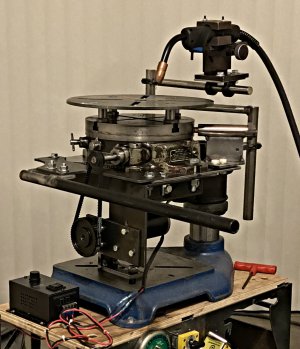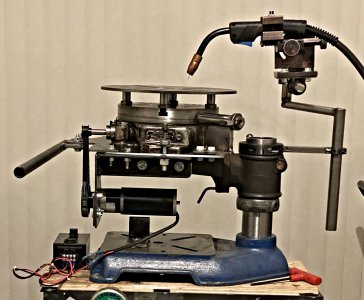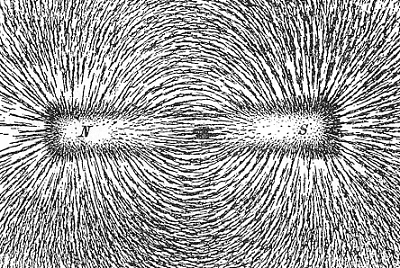Interested in how that motor works out, I’ve been eyeballing that setup for a project.
Here are the results of several different motor/power supply combinations I have tried on my rotary table/welding positioner project:
Grainger 50 rpm gear motor & electric train transformer - not enough power to turn the rotary table.
Grainger 50 rpm gear motor & 4 amp dc power supply - stalled frequently, insufficient power even at a full 12 volts.
110v 60 watt 135 rpm ac gear motor, with reversing variable speed controller (cheap import) - adequate power, but could not be started at a desired rpm. Had to be at zero rpm to be started, making the use of a foot on/off switch impossible.
12 volt dc, 6 amp, 100 rpm, reversible gear motor (makermotor.com) with speed controller and Radio Shack 8 amp 12 v dc power supply - adequate power, stalled at less than 7 volts, ran fine from 7 - 13 volts. The table rpm range (given the gear reduction in the Troyke table) was 1 to 3.3 rpm.
12 volt dc 13 amp, 110 rpm, reversible gear motor with planetary gear reduction (makermotor.com) with speed controller and switching 30 amp 13.8 volt dc power supply - Seemingly perfect combination. Runs with sufficient torque from 3.6 to 13.4 volts (the max I give it). Table rpm range is .5 to 4.5 rpm. Planetary gears are a little noisy at higher rpm, but work great. This motor/power supply/speed controller combination cost approximately $235.00 in total.
Next step is to sell the other motors and power supplies, or think of another use for them?? This has been a fun, if impractical, project. I obviously could have bought a Chinese welding positioner for less, but where's the fun in that?







